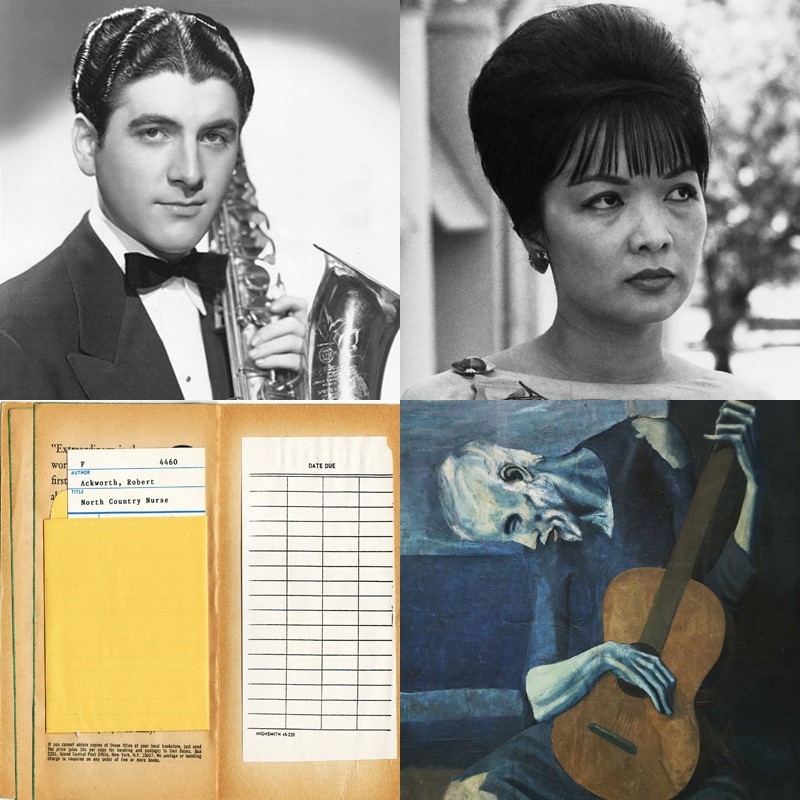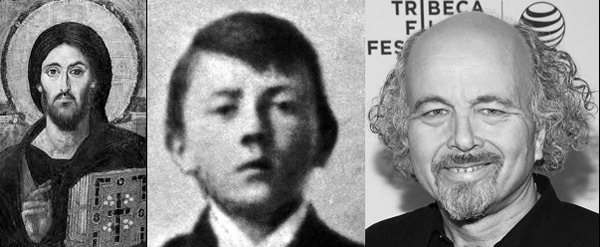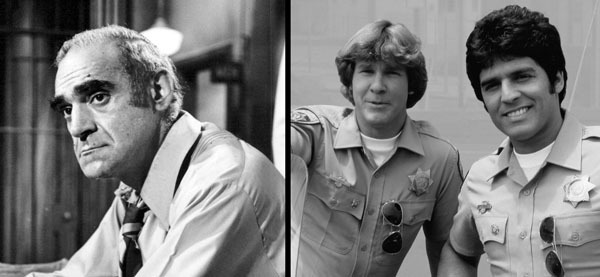Not really my cup of tea, but …
Day: March 16, 2022
This is probably the Citizen Kane of movies about Roddy Piper’s penis
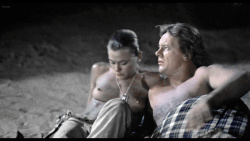

My thoughts about the film follow the jump.
Continue reading “Cec Verell in Hell Comes to Frogtown (1988)”
The film is The Sign of the Cross. It is now available in Blu-Ray. Brainscan did the collages.
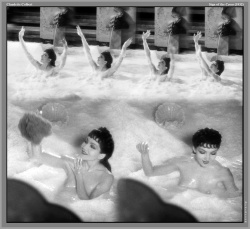
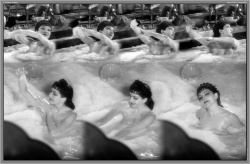
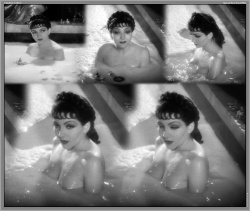
You more savvy types realize that there was some nudity in Hollywood in the silents and early talkies. There were censorship standards set way back in the silent era, established as early as 1922, but the original rules were voluntary and thus often ignored. The so-called “Hays Code,” an elaborately detailed production code consisting of rules for what could and could not be portrayed on screen, was formalized in 1930, but originally lacked any teeth for enforcement. The voluntary compliance (wink-wink!) era came to an end in 1934 when the American Catholic church announced the creation of the Legion of Decency, which encouraged the production of moral films and promptly condemned any film with an immoral message or content. The Legion’s activism hit the film industry in two vulnerable areas. First, the Legion’s threats to boycott objectionable films went directly for the purse strings. Second, the Legion threatened to lobby the federal government for official censorship. The industry’s leaders saw the handwriting on that wall. They knew the Legion could exert a powerful influence over politicians, and they realized that self-censorship was a far more attractive alternative to draconian government interference, so they created a formal procedure to administer the code. All films released after July 1, 1934, had to get script approval before production could begin, and each film was later required to obtain a “seal of approval.” Failure to comply resulted in a $25,000 fine for the studio and a distribution ban upon the non-compliant film. Joseph Breen, new head of the Production Code Administration (which later became the MPAA), was assigned to oversee the process.
The Production Code basically kept nudity out of American movies for approximately the next thirty years. The Legion did not begin to lose its grip on Hollywood until the early sixties when an unfinished 1962 film, Something’s Got to Give, was to have taken on the Code by featuring a skinny dip from Marilyn Monroe. Marilyn’s death temporarily scotched the snake of mainstream nudity, but other films soon took up the baton. There was Jayne Mansfield in Promises, Promises in 1963. Cleopatra featured a modest look at Liz Taylor’s bum, also in 1963, and The Pawnbroker managed to sneak fairly substantial nudity into arthouse theaters in 1964 despite a “condemned” rating from the Legion. Despite these efforts and a rapidly liberalizing culture in the mid sixties, it was not until 1968 that the Production Code was officially replaced with the first version of the current rating system.
But that’s a story for another day. Today’s tale concerns not post-Code nudity, but the bit of flesh that snuck in here and there before the Code acquired teeth in July of 1934, a period representing 1920s hedonism and its aftermath. In the early talkies, there were the notorious Fay Wray scenes in King Kong (1933), Claudette Colbert’s breasts in The Sign of the Cross (1932), Myrna Loy’s bath in The Barbarian (1933), full frontal and rear underwater nudity from Maureen O’Sullivan’s body double in Tarzan and his Mate (1934), Hedy Lamarr’s notorious frontal nude scenes and breast close-ups in the Czech-made Ecstasy (1932), and Delores Del Rio’s shapely bum in Bird of Paradise (1932).
And even before that, there was Clara Bow in Wings, a 1927 silent film. That film not only had a brief flash of breasts, but also won the Best Picture Oscar! In fact, that was the very first such Oscar ever awarded, back when it was called “Outstanding Picture.”
—
Brainscan did a lengthy series on the nudity in old-time movies:
Part 1: 1932. Peak Pre-Code Talkies.
Part 2: 1929-1934. The Other Pre-Code Talkies.
Part 3: 1927. The Swan Song of the Silents.
Part 4: 1900-1926. The Silent Era.
Part 5: 1935-1951. The Dry Years.
Part 6: 1952-1959. Europe to the Rescue.
I really thought I would stump you with The Moon and Sixpence – obscure answer, tricky pics – but D Hays was all over that! And KK solved the other stumper without any hints of any kind!







